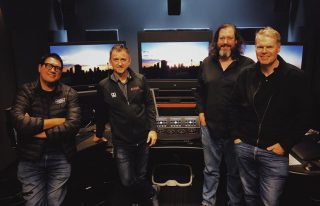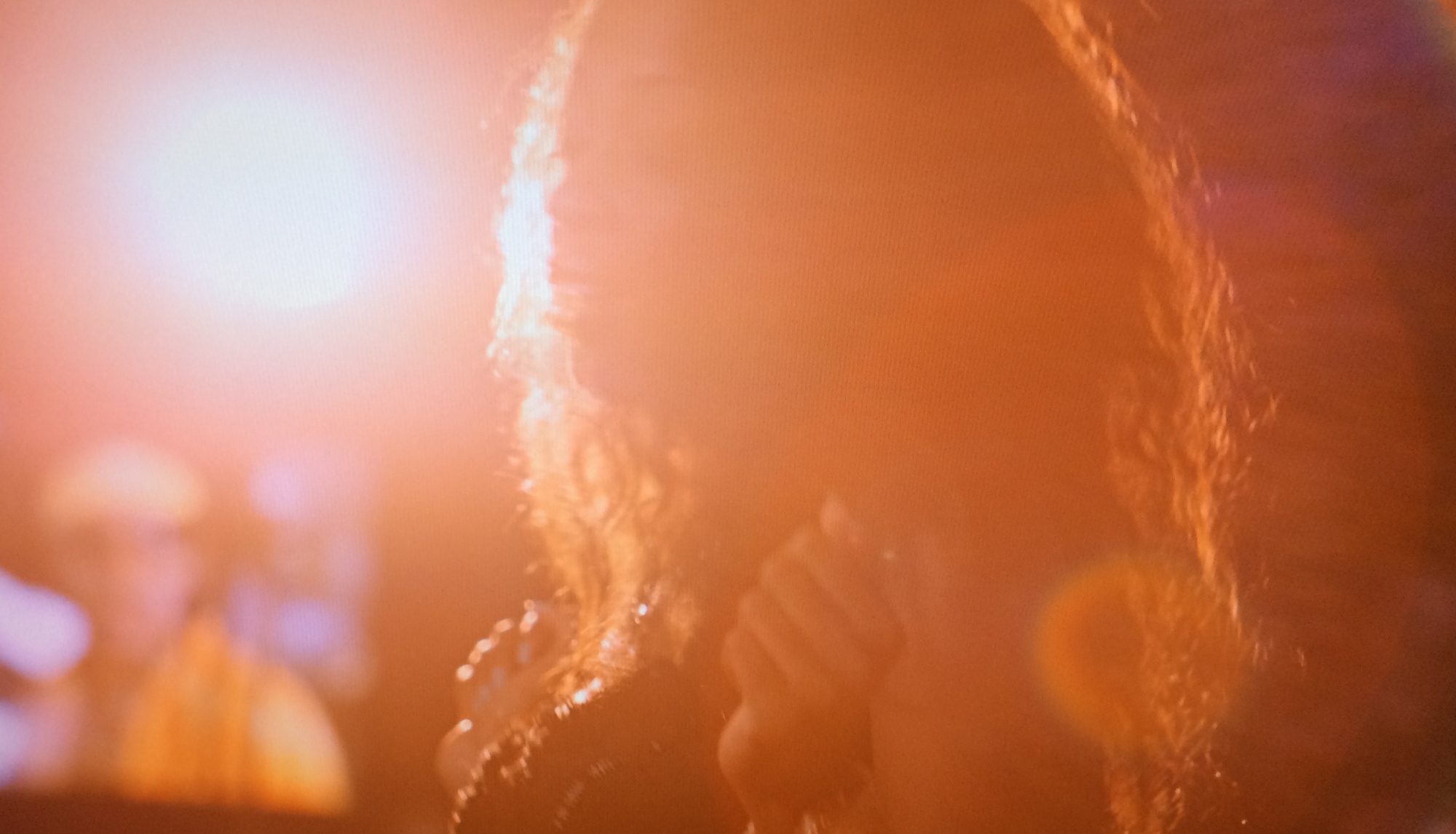Behind Apple’s Mac Pro: Editing, Grading and HDR by Mike Seymour
T-Stop Inn (Podcast by Ben Allen ACS CSI)
Blackmagic Design & Dolby Vision
Colorist Society International
Featured Mentions:
BLU-RAY.COM
June 2019 Forum: Ultra HD Blu-ray and 4K Hardware and Technology by stacey spears
…It was graded on the Pulsar, which does not really clip at 4000. Probably varies from unit to unit. We intentionally made some items 10,000 knowing they would clip and one day we could see them. Shane, the colorist, actually created a fake sun in one shot. In another, he plugged the hole in this rock formation, though that was just as a joke and we did not use it. I think he wanted to see if I would notice.
FXGUIDE.COM
June 2019: Behind Apple’s Mac Pro: Editing, grading and HDR by Mike Seymour

Some people away from WWDC, might discuss nits as something you would only want for very dark Game of Thrones episodes with super bright Dragon fire sequences but Shane Mario Ruggieri CSI, at Dolby Vision research centre has a different point of view. Ruggieri showed us around Dolby’s HDR grading suite the day before the Keynote at WWDC (unrelated to the Apple event). Dolby are world leaders in HDR and building HDR grading suites and theatres. Ruggieri believes when you “get past 1500 nits, all of a sudden the image starts to take on depth. You start to see intonation and skin tones that just simply were not there before. Your eye is so good at understanding blushing and the different emotions in a face that it’s amazing to see on a screen” Add that believes, “once we get into real light luminance levels in mastering monitors and eventually consumer devices, content creators will be able to tap into everyone’s intimate understanding and interactions with light and as a result, craft audience reactions like never before”. Having viewed a professional suite at Dolby with a range of monitors up from 600 to 4000, we agree he’s right. The 4000 nits monitors at Dolby have nothing to do with Apple, but they some of the world’s best custom build precision monitors, vastly expensive to produce but Dolby services the most exacting end of the high end professional market. They are also not for general sale. (To hear more from Shane Mario Ruggieri CSI, check out Ben Allan’s DOP T-stop podcast with Shane).
Color and Imaging Conference 2018
Shane Mario Ruggieri (Dolby Laboratories, Inc) Creating new Movie Grammar for HDR Content is one of the many skills of Shane. Since 2010 he works as Senior Production Engineer, Producer, and Colorist as part of Dolby Laboratories’ Consumer Entertainment Group. In his talk he will share his experience regarding the creation and grading of HDR content (One Way Ticket) he produced for demos and research to verify the output of HDR algorithms from an artistic point of view.
SMPTE -2016 Overview
“There’s also the matter of reality — we have the ability to make something more “real,” which is really rarely what we want from our moving images. Plus, what really is real when our perception has always been a perfect image created on a carefully lit set? One colorist from Dolby Labs, Shane Mario Ruggieri, discussed his own research in learning what’s really real and what skin (and people in general) look like in various real-world circumstances — in the bright sun, dark shade, and how his eyes physically reacted to looking at those scenes. He took that research into his color bay to try to simulate real images and real physical reactions in his HDR grading, and he discovered that the most interesting aspect of HDR was dynamic range across a whole scene, rather than within a shot. In other words, HDR’s emotional effect on the viewer through physical response to changes across the scene was more engaging than simply having the head room to lift different parts of the image without clipping. There’s much to understand not only about how to tell a story with color, but how we should be reacting to these new dynamic ranges as creative professionals.”
HDR, Resolve, and Creative Grading
“However, spectacularly vivid contrast is something that regularly occurs in our everyday lives. For example, while chatting with Shane, he shared some actual luminance measurements from his office, in which shadowed areas of the wall with visible image detail fell around 1.5 nits, and light reflected from just under a fluorescent fixture measured 3070 nits, making the point that examples from life can inform and reestablish what dynamic range can plausibly be within a scene, even one as subdued as a “dimly lit office.””

